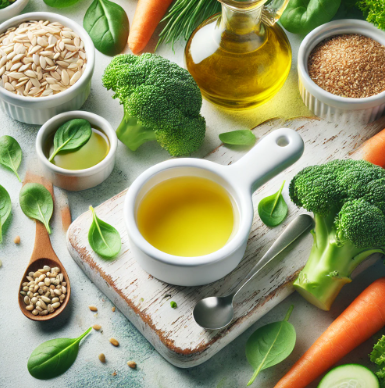At some point, we all set ambitious goals—whether it’s advancing in a career, achieving a fitness milestone, or pursuing a passion. But let’s face it: staring at the finish line from the starting point can be overwhelming. The key to success lies in understanding that nothing is impossible when you break it down into manageable steps.
The Overwhelming Big Picture
The grandeur of your ultimate goal can sometimes feel daunting. You might find yourself asking, Can I really achieve this? The trick is not to let the enormity of the dream paralyze you.
Instead of focusing solely on the destination, shift your mindset. Start thinking about small, practical targets that will lead you there.
How to Make Progress: One Step at a Time
- Divide Your Goal into Smaller Milestones:
Break your big goal into smaller, actionable steps. For example, if your goal is to run a marathon, start with short runs, gradually increasing the distance each week. - Set Realistic Timeframes:
Assign deadlines to each milestone to maintain momentum. This creates a sense of urgency and accountability. - Measure Your Progress:
Regularly evaluate how far you’ve come. Celebrating small wins reinforces your motivation to keep going.
Trust the Process: Building Momentum
With each step, you’ll notice something magical happening—those small victories add up. Before long, you’ll realize that what once felt impossible is now within your reach.
This journey teaches resilience, builds confidence, and most importantly, proves that staying consistent and patient works wonders.
Conclusion
Dreams and goals aren’t achieved overnight. They’re the result of small, consistent efforts compounded over time. By breaking down big goals into manageable steps, staying consistent, and trusting the process, you’ll look back and realize that nothing is impossible.
In case of any related query related to nutrition or weight management book an appointment with Dt. Silky Mahajan .You can also send us a mail at info@foodsandnutrition.in or call on 7829999400. Follow us on facebook & instagram for latest updates.











